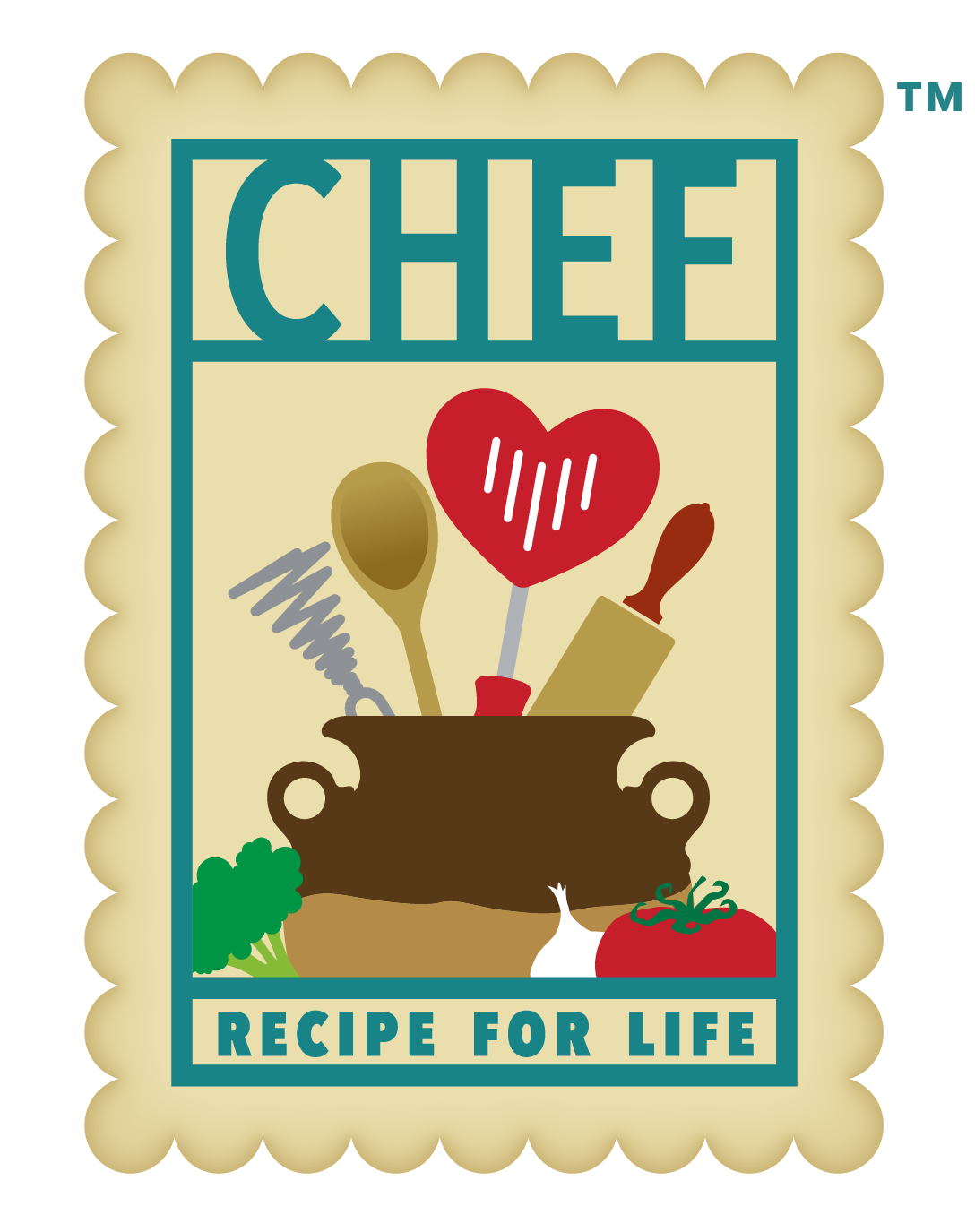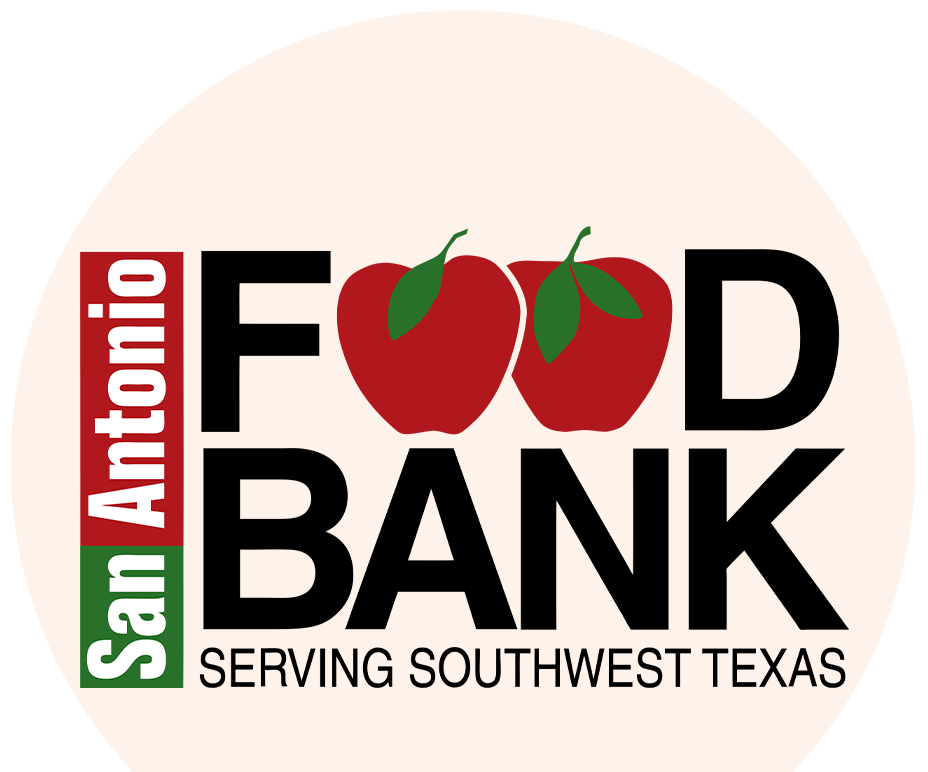Chef
Food Insecurity: A provider’s perspective

Julie La Barba, MD, FAAP
PEDIATRICIANS’ UNIQUE POSITION TO IDENTIFY FOOD INSECURITY
As CHEF shines the spotlight on stocking the pantry this month, food insecurity lurks in the background. This widespread problem overshadows the quality of life of 16 million US children, and as a provider, you can do something about it.
Keep in mind, this is not an isolated inner-city issue; people in suburbs and non-traditional areas experience food insecurity too. Pediatricians in particular, who may encounter a child a whopping 20 times for well child checks alone between birth and 5 years-old, can significantly impact families’ lives through this practical 2-item screen:
- Within the past 12 months, we worried whether out food would run out before we got money to buy more. (Yes or No)
- Within the past 12 months, the food we bought just didn’t last and we didn’t have money to get more. (Yes or No)
Answering “Yes” to either of these identifies food insecurity with a sensitivity of 97% and a specificity of 83% (as compared with the full 18-item Household Food Security Scale).
NEXT STEPS: YOU IDENTIFY A FAMILY AS FOOD-INSECURE, THEN WHAT?:
After a positive screen, and a little homework, your office can refer patients to WIC, SNAP, school nutrition programs, local food pantries and summer feeding programs. Take particular care with new moms living in food-insecure households so they are connected to community resources ideally during their pregnancy, or as early as possible in the postpartum period to encourage breastfeeding.
Here are some local resources which can be extrapolated to equivalents anywhere in the US:
http://www.breastmilkcounts.com/
http://www.sanantonio.gov/Health/HealthServices/WIC
http://www.dshs.texas.gov/wichd/default.shtm
http://safoodbank.org/supplemental-nutrition-assistance-program-snap/
http://safoodbank.org/backpack-program/
THE NEXUS BETWEEN POVERTY, FOOD INSECURITY AND OBESITY
And here’s the real travesty of justice: food-insecure populations are more vulnerable to obesity. How can those who are constantly hungry also be overweight? Very easily, unfortunately. Factors include lack of access to healthy affordable foods, low-cost ubiquitous unhealthy foods, minority targeted media messages to promote nutrient-poor food and drink, the role of physiologic stress associated with economic hardship in decision-making related to food, not to mention the fact that concepts of satiety and self-control don’t apply when you’re not sure if you’ll eat again the next day.
Although a deep dive into the world food system, Raj Patel’s Stuffed and Starved, offers a credible explanation to the complexities of this paradox:
“Today when we produce more food than ever before, more than one in seven people on Earth are hungry. The hunger of around one billion happens at the same time as another historical first: that they are outnumbered by the one and a half billion people on this planet who are overweight.
The alternative to eating the way we do today promises to solve hunger and diet-related disease, by offering a way of eating and growing food that is environmentally sustainable and socially just. Understanding the ills of the way food is grown and eaten also offers the key to greater freedom and a way of reclaiming the joy of eating. The task is as urgent as the prize is great….The contradictions of obesity, hunger, poverty and wealth are becoming more acute. ”
WHAT CAN INDIVIDUAL PEDIATRICIANS DO AT THE SYSTEM LEVEL?
- Incorporate food insecurity screening tools and community-specific resource guides into education of medical students and residents
- Advocate for protecting and increasing access to and funding for SNAP, WIC, school nutrition and summer feeding programs at the local, state and national levels
- Support interdisciplinary research that elucidates:
– relationship between stress, food insecurity, and chronic disease
– barriers to breastfeeding for women in food-insecure households
– evidence-based strategies to increase access to nutritious food for food insecure families
THAT’S A WRAP
Food insecurity is complicated and a great burden on children and their families. Remember, there is no particular “sine qua non” to this condition which may affect those patients you least expect. Because of their unique positon and frequency of contact with young children and their parents, pediatricians have the chance to play an essential role in identifying food insecure families, intervene at the practice-level, and advocate on a larger stage to create more food secure communities.
Resources:
Promoting Food Security for All Children
COUNCIL ON COMMUNITY PEDIATRICS, COMMITTEE ON NUTRITION
Pediatrics Oct 2015, peds.2015-3301; DOI: 10.1542/peds.2015-3301
http://pediatrics.aappublications.org/content/early/2015/10/20/peds.2015-3301
An Essential Role for Pediatricians: Becoming Child Poverty Change Agents for a Lifetime Plax, Katie et al. Academic Pediatrics , Volume 16 , Issue 3 , S147 – S154
Patel, Rajeev Charles. Stuffed and Starved: The Hidden Battle for the World Food System. Brooklyn, N.Y.: Melville House Pub., 2007.
Identifying food insecurity: Two-question screening tool has 97% sensitivity, Lori O’Keefe, Correspondent, AAP News October 2015 http://www.aappublications.org/content/early/2015/10/23/aapnews.20151023-1



